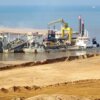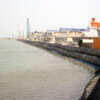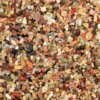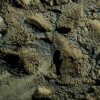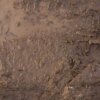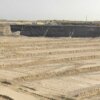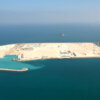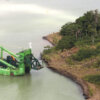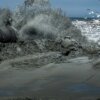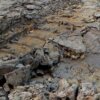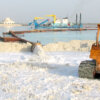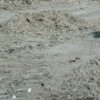Slope stability needs to be analysed in certain cases to ensure that the threat of slope failure either in the short or long term will be limited.
Slope angles
Slope stability of a borrow pit in a remote area is usually not a big issue. In near-shore borrow areas, like lakes, rivers and inland waterways, the concern increases because they are often limited by minimum allowable slope angles. These minimum slope angles are dictated by the properties of the soil mass, by environmental issues and/or by the safety of adjacent structures like revetments, buildings and such.
Natural slopes
Above water the natural slope of a borrow pit may be steep, whereas the natural slope underwater shows more variation. This will depend on the properties of the material and the dredging method and slope failure is relatively regular in nature.
Testing slope stability
Slope stability can be divided into:
- temporary, short-term slopes that develop during dredging; and
- final, long-term slopes.
The temporary stability of the slopes developed during dredging and the final, long term slopes must both be examined.
When analysing short-term stability, the effects of the dredging method should be analysed as during dredging the slope stability may be affected by the dredging method and type of equipment.
When analysing long-term stability the assessment of the loads that could cause failure in the future should be examined. In the long term, stability maybe affected by:
- static or bearing loads;
- ship movements and dredging itself;
- earthquakes.
Slope stability can be assessed by Finite Element Methods and by conventional limiting equilibrium methods. Analysis of the shear strength of the material also helps determine the potential for instability.
Determination of stability and shear strength of cohesionless fill may require in-situ test like the standard penetration test of the cone penetration test in combination with other generally accepted correlations.



